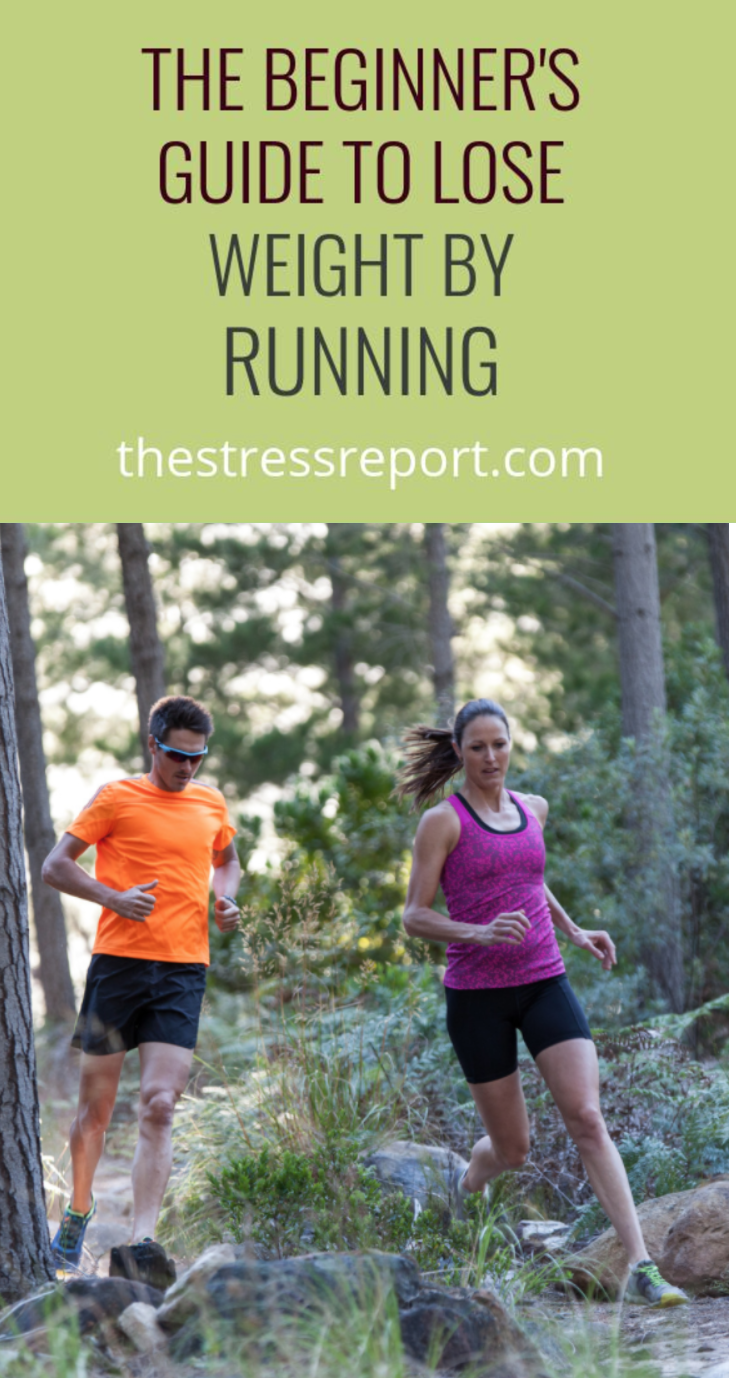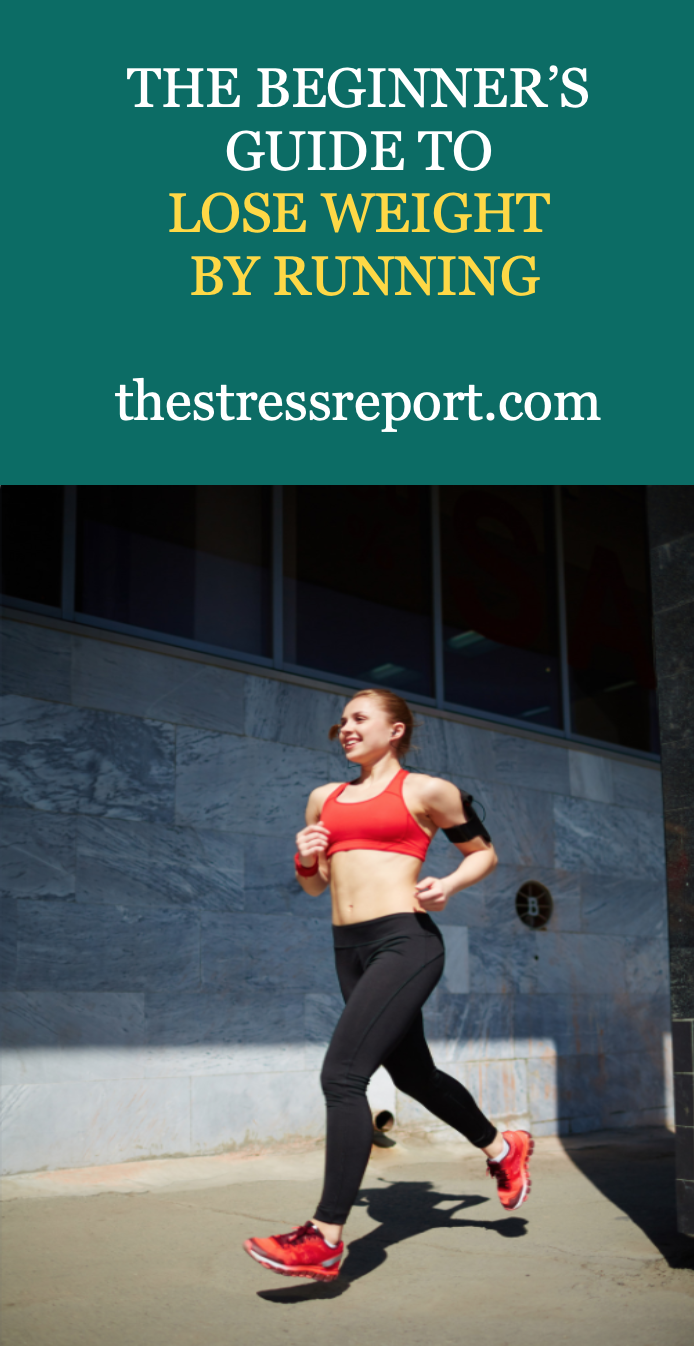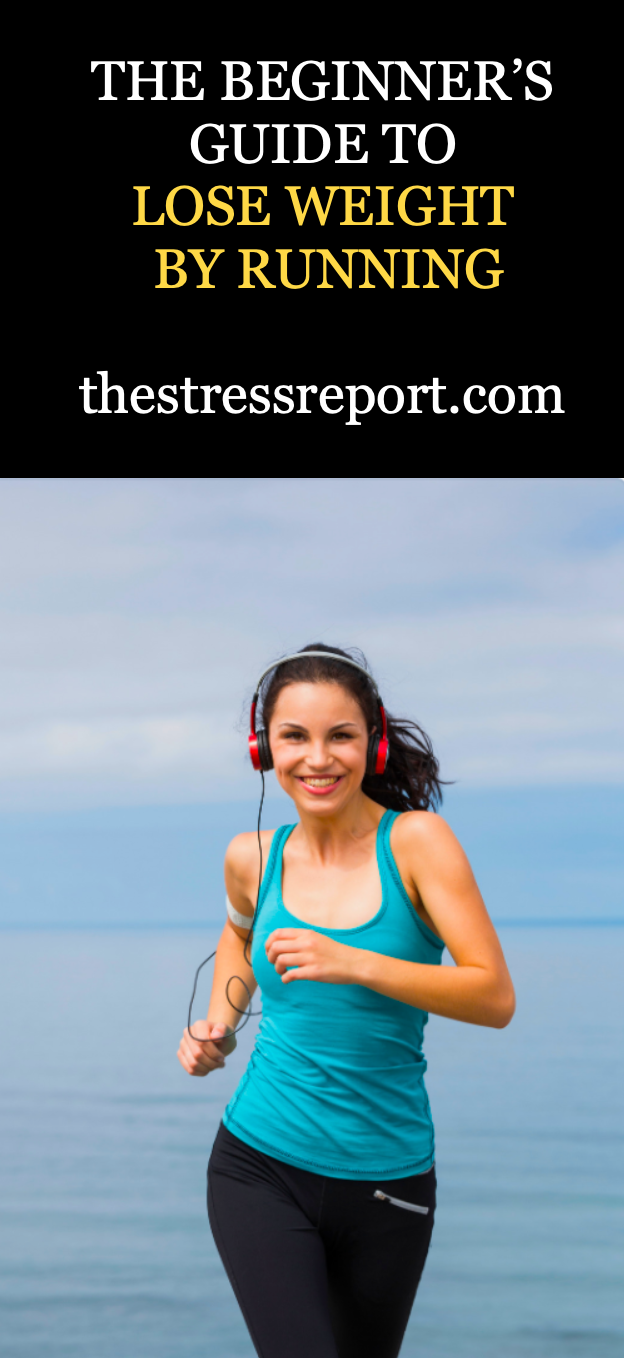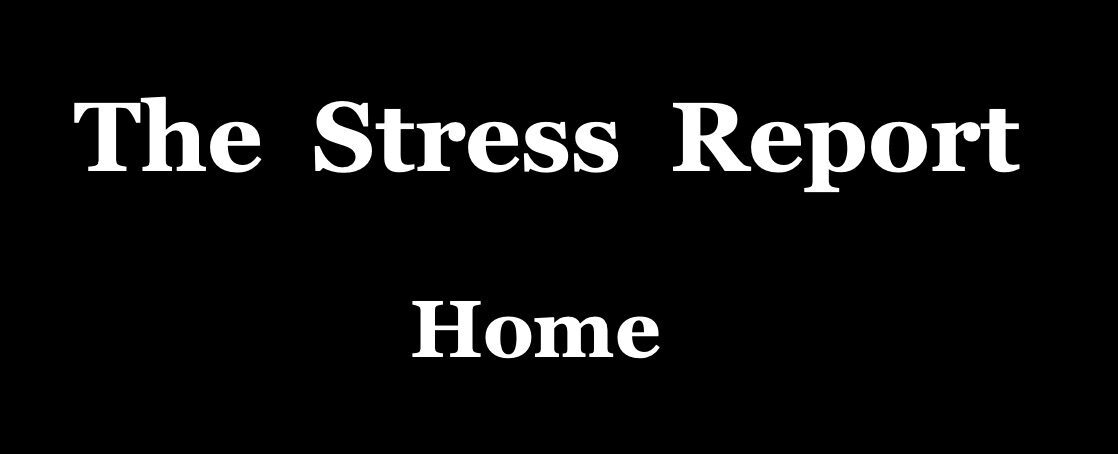So you’ve loved running since your track days of high school. It’s simple, you can do it anywhere and all you need is some good running shoes and a pair of comfy cotton footies. But now it’s taken on a sub-purpose. Age has allowed those extra pounds you used to leave choking on your dust to catch up with you and hit you right in the gut, literally. There are a billion reasons (or excuses) that justify your 10 or even 20 pounds that keep you company. You are busier now, so you don’t run as often, or as fast, or as long as you use to. You’re getting older and your body can’t take them as much. Or maybe it was the curse of the evil eye of all those non-runners over the years. You know they were really jealous they can’t run and sweat and look as good doing it.
Whatever your justification, the bottom line is it’s time to lace up the old running shoes a little more often. For the last few weeks, you’ve hit the ground running. Enjoying the days of old. Marveling at your new-found dedication to your workout schedule. But as you get on the scale once again the numbers barely budge. The problem may be your love for running. The pure exhilaration for the sport.
If you consider your self a runner, then your gut instinct will tell you to run faster. Try to shave another 2 minutes off your course time. This time however DO NOT follow your gut feeling or you will be left with your gut to feel. As a runner, you are used to trying to run faster, cut your course time, beat your personal best, or at least don’t get any slower than you already have. But if you want to drop those pounds you have to slow down and work at a lower intensity. Using a heart rate monitor is the best way to determine if you are exercising at the proper intensity to reach your weight loss goal. Heart rate monitors due exactly as the name implies. They monitor the rate in which your heart is beating. By the way, Heart Rate monitors are an invaluable tool for any serious or even semi-serious runner, no matter what your goal is. Knowing your personal heart rate percentage numbers can mean the difference in reaching your goal and trying to reach your goal.

For weight loss, you want to work at 60% to 70% of your heart rate max (HRM). Your heart rate max is the maximum amount of times your heart can beat in a minute. To determine that number use the standard formula of subtracting your age from 220. Then take that number and multiply it by .60 and you have 60% of your heart rate max. Follow the same steps except replace .60 with .70 and you will come us with 70% of your heart rate max. Stay between these two numbers on your heart rate monitor and you are on the straight and narrow path to weight loss. (For example, someone who is 30 years old. 220-30=190 190 x .60= 116 190 x .70 = 134. A 30-year-old must stay between 116 and 134 HRM for a weight loss workout) Over these percentages of your HRM your body tells your fat-burning hormones (epinephrine, norepinephrine, and growth hormones) to shut down so it can use their energy, along with all other available energy, to your respiratory system to maintain your pace.

Working above 70% of your heart rate max over an extended period of time, like your whole 45-minute run, may allow you to burn more calories but less of those calories will be from fat. In the end, you don’t just want to burn calories, you want to burn fat calories for lasting weight loss. When your body can’t use your fat stores to burn the next place it turns is to lean muscle stores, which is the last thing you want. Lean muscle is what keeps your metabolism up and running allowing you to keep off the extra pounds. For efficient and effective weight loss we want our calories to come from our fat stores, not our lean muscle store. Working over 70% HRM may be beneficial speed training but it’s just not an efficient way to lose weight. Despite the popular opinion of “more is better” and “faster is the best”, slowing down is a faster route to losing weight. Don’t misquote me you will burn calories no matter how fast or slow you run but for weight loss, you want to burn as many calories from fat as you can.
Lastly and probably most importantly when trying to lose weight whether its 5 pounds or 50 pounds. Now isn’t the time to multitask. Pick one goal and stick to it. Don’t practice for a 5K to lose weight. You’d do yourself and your recorded time a favor if you lose the weight first then start a race prep running schedule. (To be detailed in the next article) At 60% to 70% of your HRM you may not be running at your fastest pace or pushing your personal best time. In fact, you may even have to slow down to a speed walking pace. And that’s okay because you will arrive at your weight loss goal a lot faster if you slowed down.





